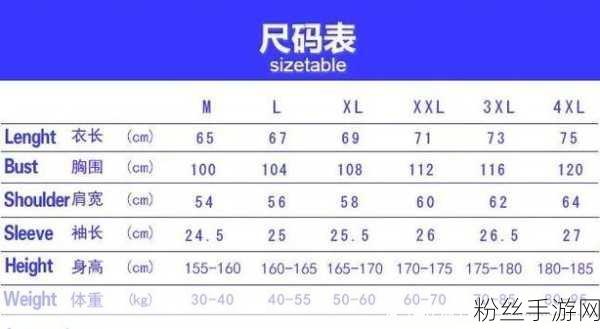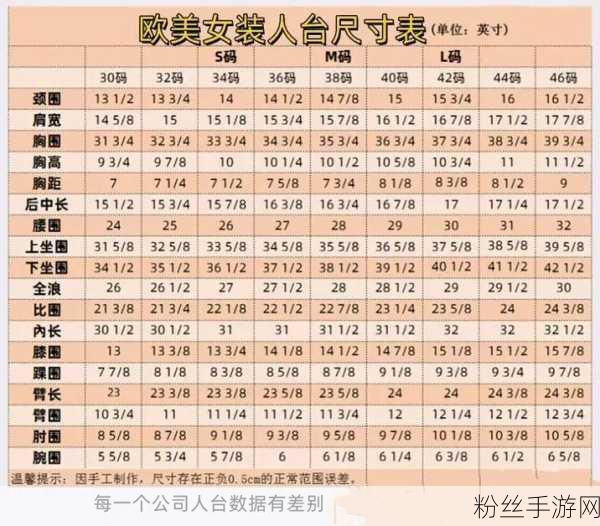了解欧洲尺码、日本尺码和美国尺码的差异
对于热爱购物的人而言,服装、鞋类及配饰的尺寸常常让人感到困惑。尤其是在不同国家之间流行的各种尺码系统,如果无法准确理解,很容易导致选购不合适产品的问题。在这篇文章中,将探讨欧洲、日本和美国三种主要市场中的尺码标准,以及如何有效地进行转换,以帮助消费者做出更明智的购买决策。
欧洲尺码体系解析
在欧洲,服装与鞋子的尺寸通常以数字表示。例如,在女性时尚界,衣物尺寸从34(对应胸围约82厘米)起步,一直到46或48等较大号数。而男性则普遍使用44至58范围。需要注意的是,每个品牌在具体设计上可能会有所差异,因此查看各自品牌提供的详细测量表格也十分重要。

对鞋子来说,大多数欧盟国家采用一个统一尺度,即法式长制,这意味着选择37号鞋一般适合脚长23.5-24厘米。但同样,各家制造商可能由于模具或材料特性出现微小偏差,所以试穿依旧是最佳选择方式。
日本尺码特点
相较于其他地区,日本有其独特而简洁的计量方法。日本多用脚长度来标记,例如,如果一双鞋标注为25cm,则表示它适合足部长度为25厘米的人。这一点使得日方顾客能更加直观地找到自己的大小。然而,当涉及服装时,日本通常通过字母S、M、L以及XL来表达,但这些标识并未完全遵循国际通用规范。因此,对于外国消费者来说,需要特别留意相关体型推荐信息。

美国尺码介绍
The U.S. size system is perhaps one of the most recognized but also one of the more complicated systems out there, particularly when it comes to women’s clothing and shoes. For example, women’s sizes typically start from 0 or 2 for smaller builds and go up to sizes like 16 or even larger options in some stores.
Shoe sizing follows a distinct numerical format as well; women's shoe sizes usually range from around size 5 to size 12, while men might wear anywhere between size 7 and above. The key takeaway here is that American shoe sizes are consistently larger than their European counterparts by about one-and-a-half numbers (for instance, if you wear a US men's size 10, you'd likely be looking at a EU size approximately equal to €43).
跨国购物:如何正确换算?
A reliable conversion can save time and reduce frustration during online shopping trips across borders. Many retailers provide handy charts on their websites converting Euro/US/Japanese measurements directly into each other—often alongside customer reviews mentioning fit which could serve as an additional reference point.
// Example Conversion Table
| EUR Size | JP Size | US Women | US Men |
|----------|-----------|----------|--------|
| 36 | 23 | - | - |
| 38 | 24 | M | - |
| ... |
```
*Note*: Always check specific brand conversions since variances may exist!Cultural Factors Affecting Sizes
Cultural differences also play significant roles in how products are designed according to body types prevalent within regions where they originated from:
.- Diversity Awareness: Many brands have begun recognizing cultural inclusivity through varied collections aiming for diverse demographics beyond traditional Western norms.
- User Feedback Integration: Consumer feedback has prompted improvements among several companies seeking better accuracy tailored toward target audiences’ preferences regarding comfort levels versus aesthetic appeal.